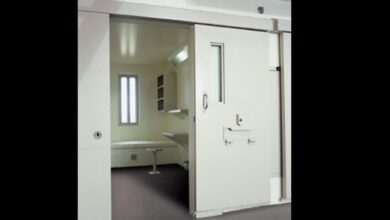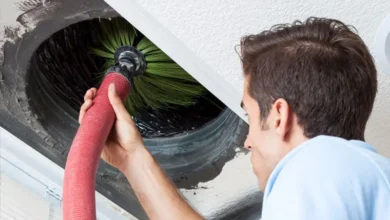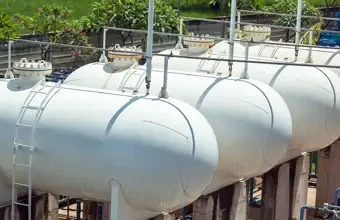The Pipeline Whisperer: Navigating Common Drain Issues with Confidence

Dealing with drain issues is a common household problem that can range from minor inconveniences to major disruptions. Understanding and addressing these issues with confidence is crucial. This article explores common drain problems, their causes, and effective solutions to help you navigate these challenges with ease.
Common Drain Issues and Their Causes
1. Clogged Drains
Clogged drains are perhaps the most frequent issue homeowners encounter. They can occur in kitchen sinks, bathroom sinks, showers, and tubs.
Causes:
Kitchen Sinks: Food particles, grease, and oil buildup.
Bathroom Sinks and Showers: Hair, soap scum, and toothpaste residue.
Toilets: Excessive toilet paper, feminine hygiene products, and foreign objects.
Solutions:
Use a plunger or a drain snake to clear minor clogs.
For persistent clogs, consider using a mixture of baking soda and vinegar, followed by hot water.
Preventive measures include using drain screens and properly disposing of grease and food waste.
2. Slow Draining Sinks and Tubs
Slow draining sinks and tubs can be frustrating and are often a precursor to full clogs.
Causes:
Partial blockages caused by hair, soap scum, and small debris.
Mineral buildup from hard water.
Solutions:
Regularly clean drain stoppers and strainers.
Use a mixture of baking soda and vinegar to dissolve minor blockages.
Install a water softener to reduce mineral buildup if you have hard water.
3. Foul Odors
Unpleasant smells emanating from drains can be a sign of underlying issues that need addressing.
Causes:
Accumulation of organic matter in pipes.
Dry P-traps allowing sewer gases to escape.
Mold and mildew growth.
Solutions:
Flush drains with hot water and baking soda.
Ensure P-traps are filled with water.
Clean drains regularly to prevent organic buildup and mold growth.
4. Leaking Pipes
Leaking pipes can cause water damage and lead to costly repairs if not addressed promptly.
Causes:
Corrosion or rust in older pipes.
Loose or damaged pipe connections.
Cracks or breaks in pipes due to freezing temperatures or wear and tear.
Solutions:
Tighten loose connections or replace damaged parts.
Use pipe sealant or tape for temporary fixes.
For significant leaks, consult a professional plumber to assess and repair the damage.
5. Overflowing Toilets
An overflowing toilet can cause immediate and severe damage, requiring quick action.
Causes:
Blockages in the toilet trap or drainpipe.
Malfunctioning fill valve or flapper.
Solutions:
Use a plunger to clear minor blockages.
Adjust or replace the fill valve and flapper if they are malfunctioning.
For persistent issues, consult a plumber to inspect and clear the drainpipe.
Preventive Measures for Maintaining Healthy Drains
Regular Maintenance
Routine maintenance is key to preventing major drain issues. Regularly clean drains, use strainers to catch debris, and avoid pouring grease or large food particles down the kitchen sink.
Proper Disposal Practices
Dispose of waste properly by not flushing non-degradable items down the toilet and avoiding pouring grease down the kitchen sink. Use compost bins for food scraps and designated disposal methods for oils and grease.
Professional Inspections
Consider scheduling annual inspections with a professional plumber to detect and address potential issues before they escalate. Regular inspections can help maintain the health of your plumbing system and prevent unexpected problems.
Conclusion
Navigating common drain issues with confidence is essential for maintaining a healthy and functional plumbing system. By understanding the causes and solutions for clogged drains, slow draining sinks, foul odors, leaking pipes, and overflowing toilets, you can address these problems effectively. Regular maintenance, proper disposal practices, and professional inspections from experts like Drainage Care are key strategies to prevent major drain issues and ensure the longevity of your plumbing system. As the Pipeline Whisperer, you now have the knowledge and tools to tackle these challenges with ease.



